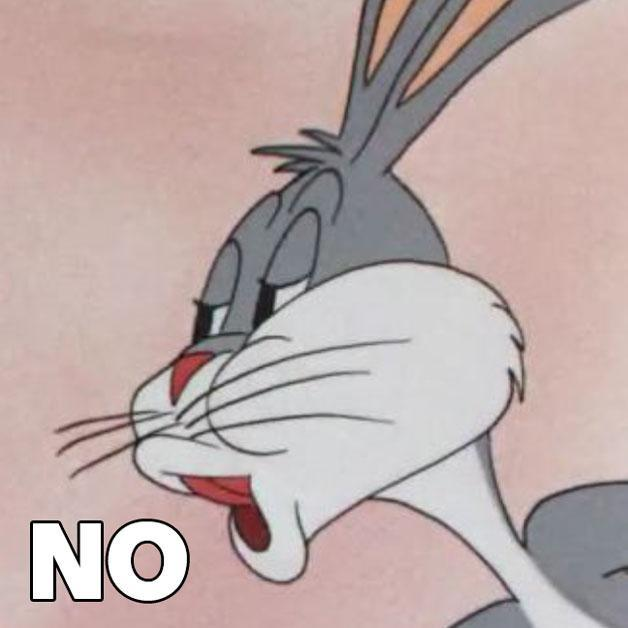deleted by creator
I’ve tried the cut and taste method. It works but it gets you thrown out of a lot of supermarkets.
deleted by creator
They’re usually OK with the first one, it’s when you sample 6 or 7 to find the best one that they start getting all uptight.
You’re absolutely right. Cut thousands of watermelon for a grocery store and tested all the theories about how to pick a perfect one, none of them hold true. Also loved watching people tap on them like they’re watermelon whisperers lol
The watermelon smacking doesn’t get you any information on taste, true. But it does give you an idea of how crisp it is, which affects texture. The crisp watermelons are bouncy when you smack them, and the spongy ones absorb the smack.
The best way I’ve found, which works like 90% of the time, is to knock on it while holding it. It should sound somewhat hollow, but not empty. Too hollow means it’s not juicy and not hollow enough means it’s under ripe. Tells you nothing about flavor, but it at least allows you to pick one that is decently juicy and ripe. It’s all relative but if you knock on a few you’ll quickly find one that sounds in the middle. Pick that one and you’ll have at least a decent watermelon.
Im not gonna lie i thought this was gonna be a shitpost. Where one of them was gonna be “shiny metal and held up by a screw driver”
If you get one that has larger “webbing”, and is also heavy, and a uniform size, will it be too sweet?
deleted by creator
I love this. Thank you for sharing!
Except every time it’s posted people say that it’s complete garbage
As someone who tends to forget this info I don’t mind seeing it from time to time lol
What I mean is, apparently this chart is completely wrong. You should forget it.
Ahh I see, well I’ll keep an eye out for refuting information then
This woman’s semi-scientific study says pitch is most reliable, but doesn’t discount some of the things on the chart.
This is like those “how to survive a quicksand pit” guides. No one who needs to know this information will learn it from here.
I think buying a watermelon is a much more common situation than falling into quicksand
And which part of this has to do with the likelihood of doing either one?
Ever heard of Bayes’ theorem? Maybe read up on that first.




